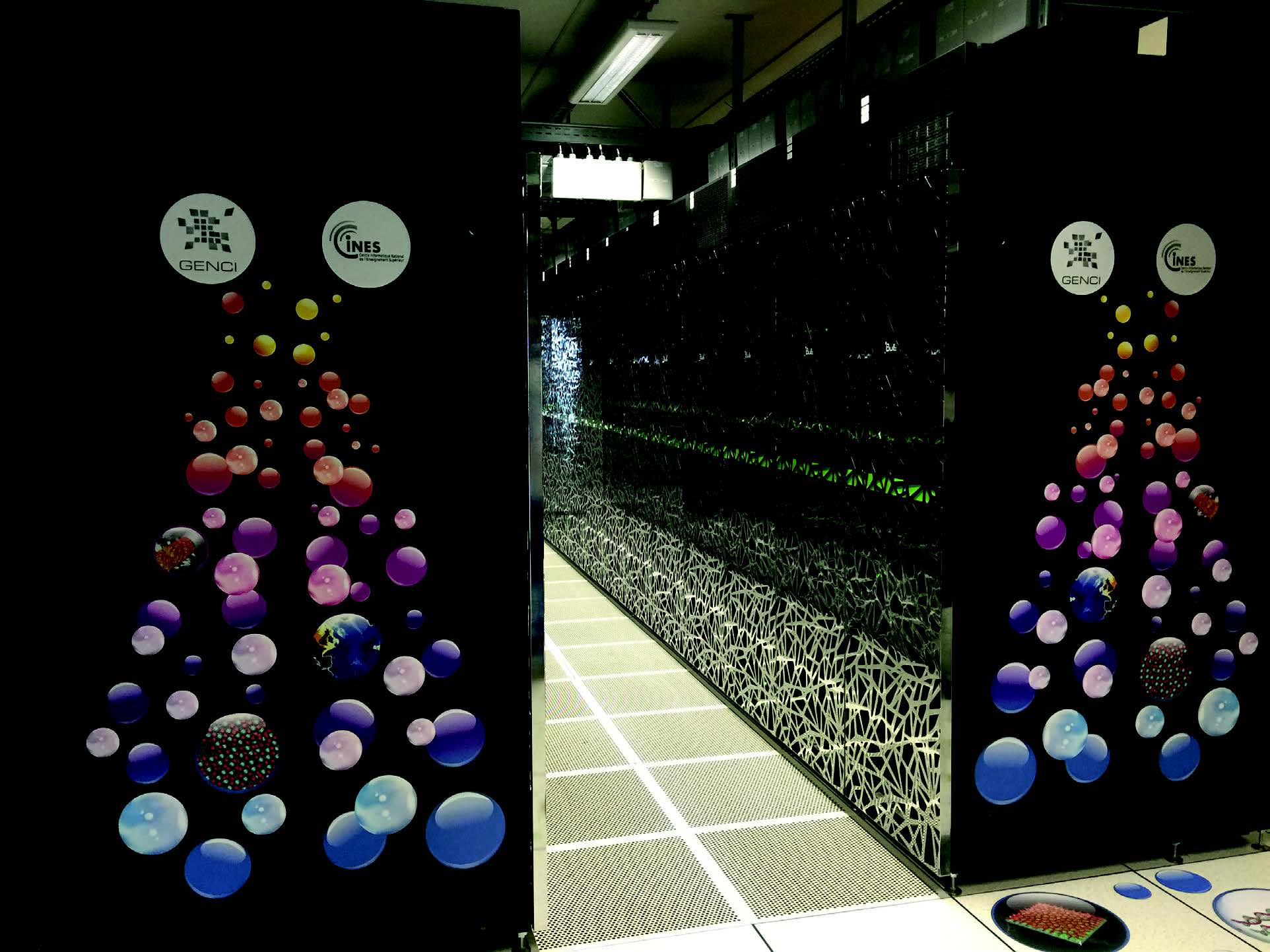Paris, April 28, 2020
Two of the most strong supercomputers in France, Joliot-Curie, operated at the CEA’s supercomputing centre (TGCC), and Occigen, operated at CPU’s supercomputing centre (CINES), are giving urgent computing access to significant laptop or computer methods to European study teams concerned in the fight versus COVID-19. The purpose is to accomplish epidemiological scientific studies of COVID-19 virus spread, have an understanding of its molecular composition and conduct and massively screen and take a look at likely foreseeable future molecules, to speed up the look for for an successful vaccine and help the international fight versus the virus. Each supercomputers are based mostly on Atos’ BullSequana system, international leader in digital transformation.
After only a number of months of GENCI’s COVID 19 quickly track access, GENCI, the French national high-efficiency computing agency, announces that there are now more than 20 scientifically assorted COVID19 assignments, operating on its three national supercomputers amongst which are Joliot-Curie and Occigen, jointly with Jean Zay at IDRIS, with the focused enable of help teams in these centers.
Joliot-Curie at TGCC
Joliot-Curie, with its 22 petaflop/s, is the most strong supercomputer in France focused to educational and industrial open study. As component of PRACE (Partnership for Advanced Computing in Europe), European scientists are relying on Joliot-Curie to operate now three COVID-19 significant scale assignments in the context of the PRACE COVID-19 Quickly Keep track of contact. A person project simulates the useful proteins of the SARS-CoV-2 virus developed from millions of atoms to have an understanding of the mechanisms of the virus an infection in get to develop therapeutics. The other project takes advantage of computational screening, a very well-recognised approach made use of in drug discovery, to recognize and improve viral protein inhibitors, molecules which are capable of blocking the SARS-Cov-two protein. This project could enable supporting the enhancement of a cure to sluggish down the COVID-19 outbreak.
The final project brings together the analyze of the outcome of antimalarial drugs on many human heart speed styles having into account a variety of comorbidities that might be existing in the contaminated populace, and also takes advantage of computational fluid dynamics (CFD) to much better have an understanding of the intricate hemodynamics associated with Nord-South Syndrome.

In addition to these PRACE COVID-19 Quickly Keep track of assignments, teams of scientists are carrying out preparatory simulations on precedence national allocations of computing capability on the Joliot-Curie supercomputer. For illustration, scientists from the Grenoble Interdisciplinary Exploration Institute (IRIG) and the CEA’s Joliot Institute are doing the job on the look for of inhibitors in COVID-19. The SPIKE protein lets the virus to penetrate the mobile membrane. Thanks to the simulation of the digital composition of the protein and the associated inhibitor, it is probable to give precise info on the strength of the inhibition but also structural info to recognize the amino acids concerned and their associated polarities. This original get the job done created it probable to validate the approach and as a result to submit a 15-million-hour project to PRACE to analyze the microscopic and thermodynamic elements that might or might not favour the conversation amongst the key SARS-CoV-two protease and promising new inhibitors. The objective is to make an ab initio in silico device to estimate precisely the conversation homes of proteins interacting with all styles of ligand families.
Occigen at CINES
Between the COVID-19 linked assignments on Occigen, scientists are operating simulations to analyze the SARS-Cov-two helicase enzymes in further more element, in get to much better have an understanding of the genetic make-up of the virus. It is also becoming massively made use of – day by day over and above 40,000 cores, all-around half of the complete Occigen’s capability shaped by 86,000 cores for three.5 petaflop/s – with computational screening procedures, to practically take a look at more than one.5 billion molecules a thousand of which will be synthesized and tested in labs for their means to inhibit SARS-Cov-two. The scale of this digital screening is unparalleled and is only created probable owing to the computing ability of the supercomputer.

Stephane Requena, CTO of GENCI, explained: “We’re happy with the three national centers to be in fight versus COVID-19 and that our strong supercomputing and AI abilities are becoming made use of by scientists to contribute to these efforts. We hope that these computational results from the 20+ assignments at the moment operating on our devices, will help scientists and scientists to have an understanding of more about the virus and in the long run enable develop a cure to halt this pandemic.”
Pierre Barnabé, Head of Community Sector & Defense and Head of Huge Data & Cybersecurity, Atos, extra: “We are honored to help those scientists and scientists in their get the job done to enable fight versus COVID-19. By utilizing the ability of our BullSequana supercomputers, which operate countless numbers of occasions speedier than regular personal computers, we are enabling them to help you save beneficial time and helping find a heal to this pandemic.”
Christine Ménaché, Head of the CEA’s Pretty Large Computing Center (TGCC) and Boris Dintrans, Director of CINES jointly condition: “All the TGCC’s and CINES’s help teams have been mobilized in a solid spirit of solidarity to fulfill the anticipations of all customers and in certain these scientific assignments in connection with Covid19.”
Supercomputers have tens of countless numbers of processors that get the job done jointly to accomplish significant calculations, approach and evaluate significant quantities of data utilizing AI algorithms. GENCI’s completely put together supercomputing devices represent now more than forty one petaflop/s of computing capability and 100 petabytes of huge data storage.